Hemp as sustainable fish feed: potential for aquaculture and consumers
Hemp is gaining attention as feed in aquaculture. Early research points to promising potential — both for the industry and for consumers. Let's find out why.

The global demand for fish has been rising steadily for decades. Today, more than half of the fish intended for human consumption comes from aquaculture – and the trend continues to rise. Salmon, tilapia and trout are not only valuable sources of protein, but also suppliers of important omega-3 fatty acids.

However, as the industry grows, so does the pressure on natural resources. Feed for farmed fish traditionally consists largely of fishmeal and fish oil – produced from wild-caught schooling fish such as herring and sardines. This ‘fish-to-fish’ approach is ecologically problematic because it puts additional strain on wild stocks. Added to this are rising prices and possible contamination, for example by mercury or microplastics.
For this reason, researchers and companies around the world are looking for sustainable alternatives.In addition to algae, insects and soya, there is one plant that is drawing increasing attention: hemp.
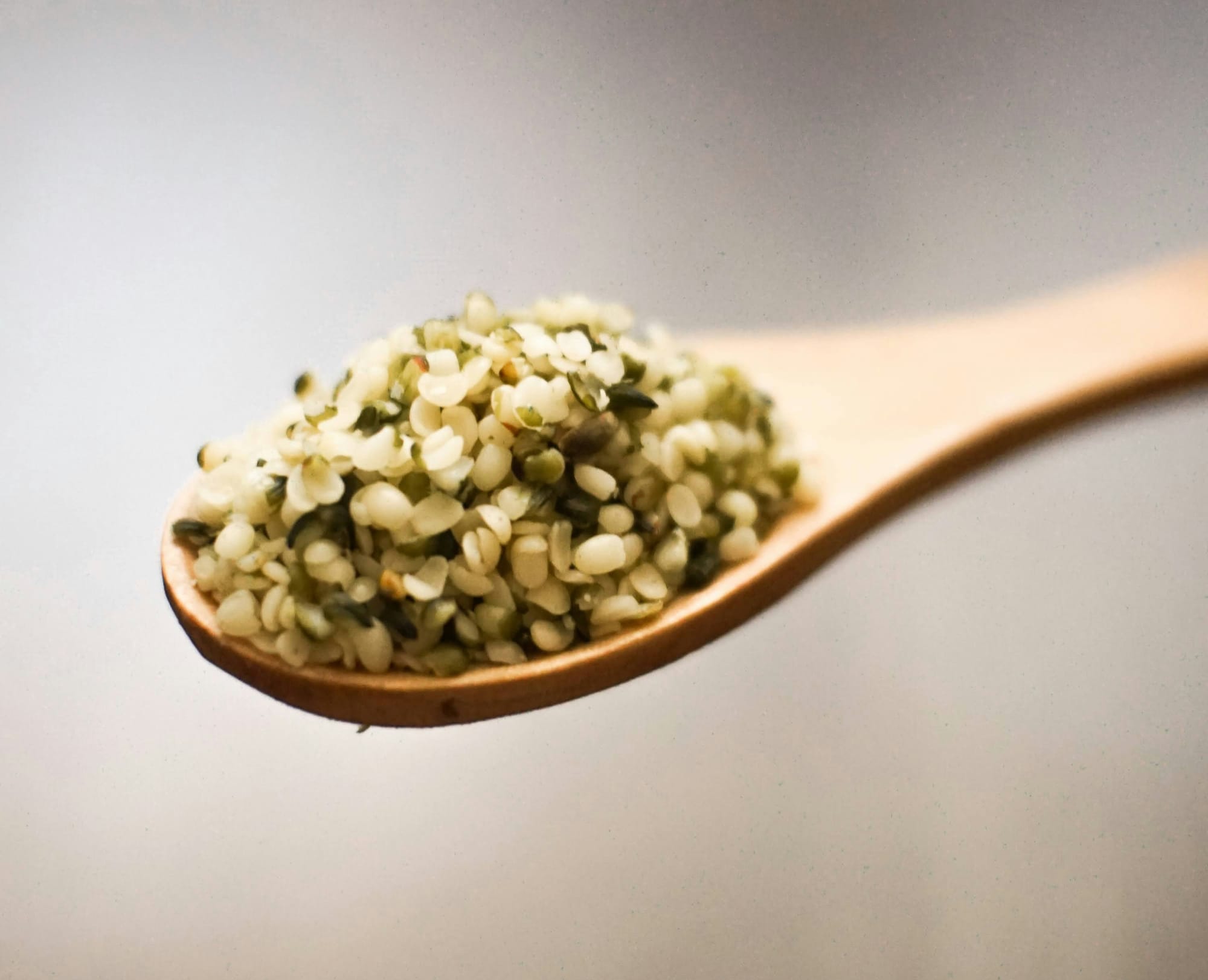
Why hemp is interesting for fish feed
Hemp has a nutrient profile that is promising for fish nutrition. The seeds contain all the essential amino acids that fish need for growth and health – similar to fish meal. In addition, it has a balanced ratio of omega-6 to omega-3 fatty acids, which is between 2:1 and 3:1 and is considered anti-inflammatory.
Many other plant-based protein sources, such as soya, contain significantly more omega-6 fatty acids, which can have a negative impact on fish health and the nutritional value of the end product. Initial studies also show that hemp meal is very easy to digest: the proteins are almost completely utilised.
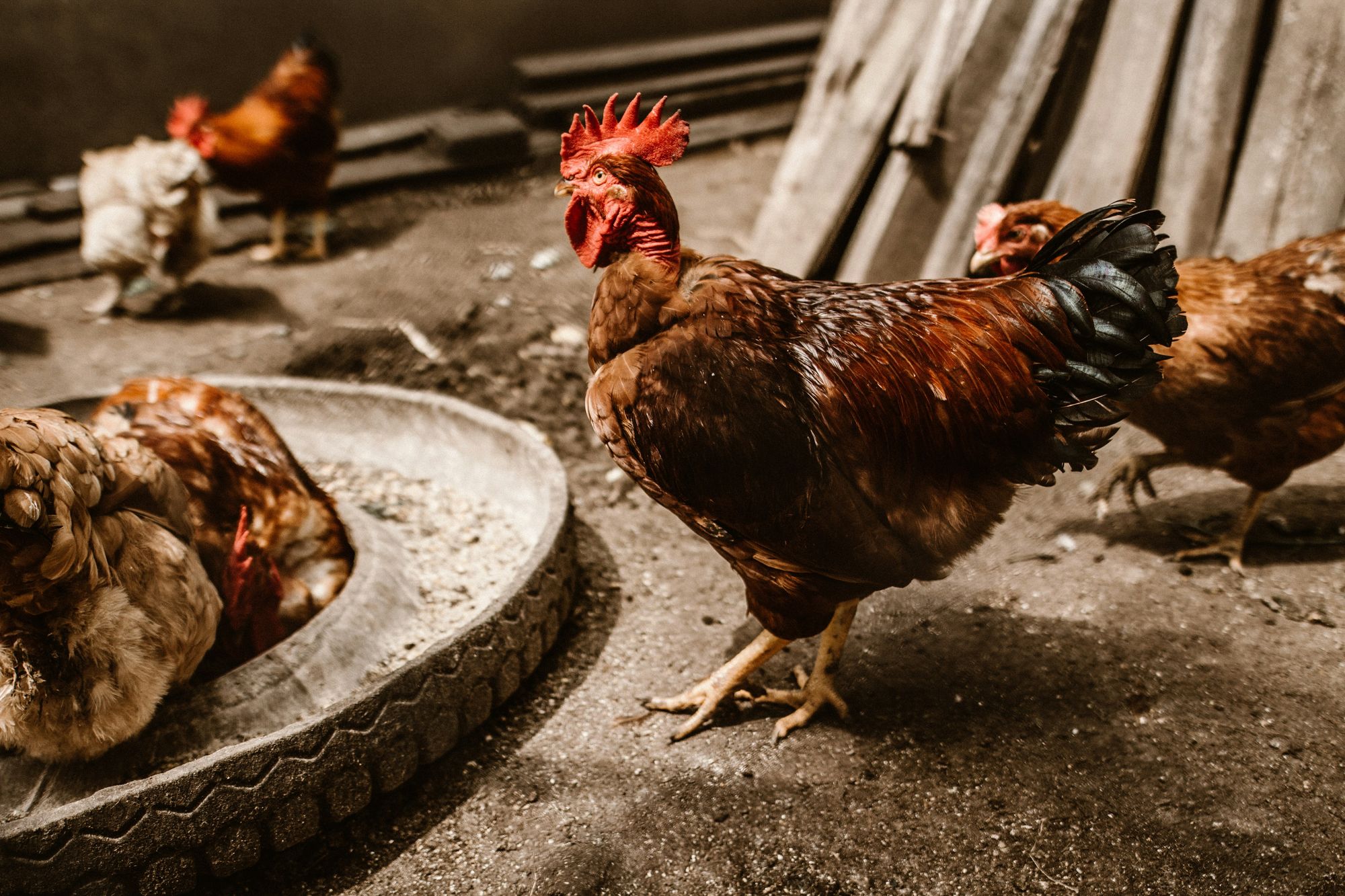
Different parts of the plant can be used in aquaculture. Shelled hemp seeds, known as ‘hemp hearts’, are particularly suitable. They are rich in protein and have an optimal fatty acid profile. Also the biomass that remains after the extraction of cannabidiol (CBD) can be used. Although these by-products contain less oil, they contribute to the complete utilisation of the plant. However, it is important to use precise dosing to ensure that any cannabinoid residues remain below the legal limits.
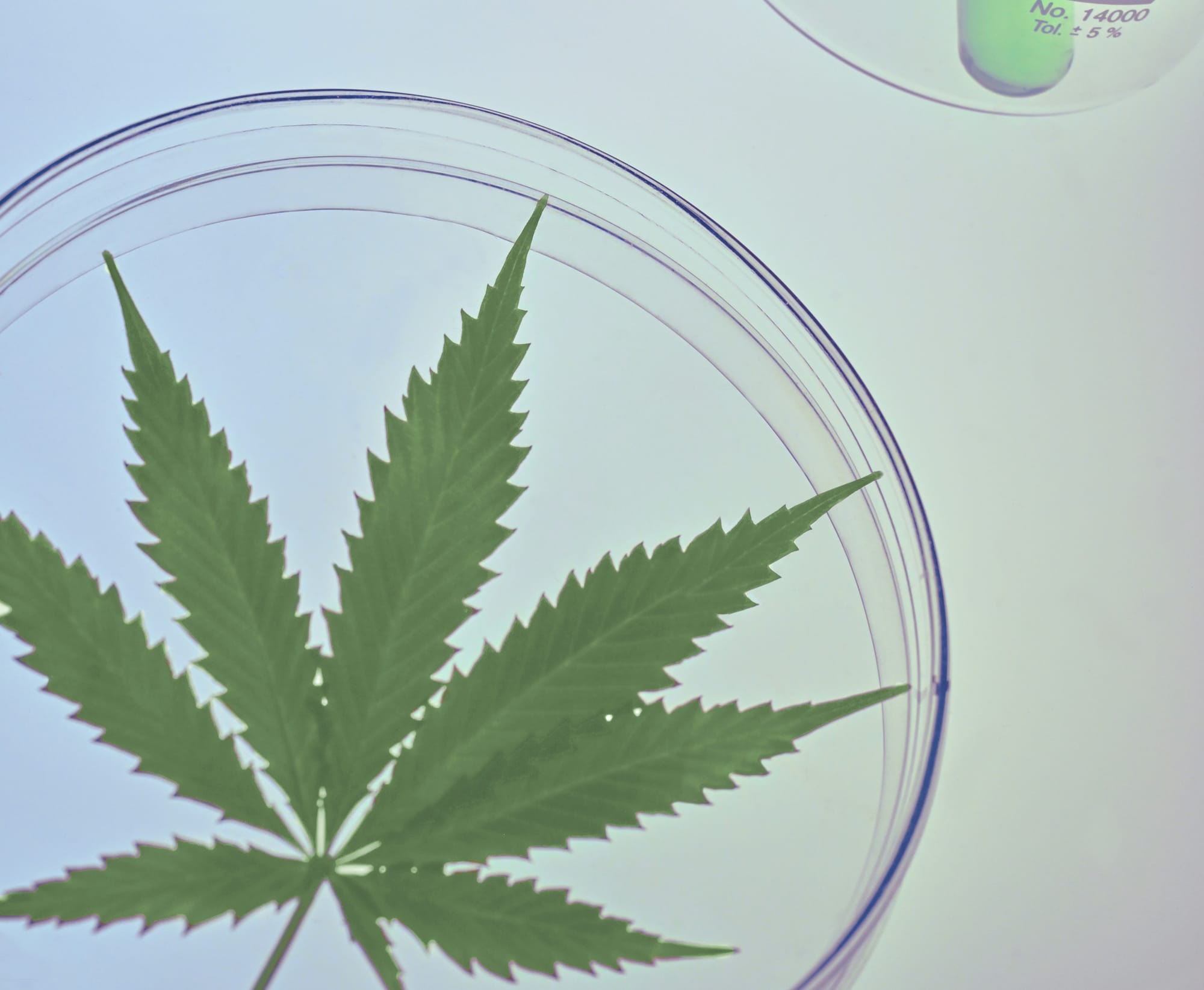
Research findings and pilot projects
Several studies have now looked at hemp as fish feed. In Scotland, the first large-scale feeding trials with hemp protein in salmon feed began in 2023. Accompanied by the University of Stirling and the Sustainable Aquaculture Innovation Centre (SAIC), two different hemp meals were tested.
The results were positive: the growth rates and overall health of the fish were comparable to those of animals fed with fish meal or soya. In addition, the studies showed benefits for the intestinal health of the salmon.

The British company Rare Earth Global now wants to develop the concept further. Farmers in Scotland are specifically growing hemp for feed production. At the same time, the University of Stirling is working with major salmon producers to investigate the long-term effects of hemp protein on growth, health and meat quality.
In addition, a zero-waste approach is being pursued. While the seeds are processed into feed in aquaculture, the stems are used in the construction industry, in bioplastic production or as an energy source. Up to two tonnes of hemp seeds can be harvested from one hectare. These yields form the basis for a stable supply of regionally grown raw materials.

Interest is also growing in the USA. So far, hemp is only officially approved there as feed for laying hens. Nevertheless, initial projects with salmon and other fish species show that hemp protein has great potential. Studies confirm its good digestibility and beneficial fatty acid composition. The use of by-products after CBD extraction is also being investigated particularly intensively. Initial results indicate that even with a 20 percent share in the feed, no relevant THC residues are detectable in the fish meat.

Consumer acceptance: How is hemp fish received?
In addition to nutritional issues, consumer acceptance is crucial to whether hemp will become established as fish feed in the long term. A US study published in 2025 with almost 2,400 participants therefore examined the willingness of consumers in the US to buy hemp fish. Various salmon products were presented: conventionally fed, fed with hemp, with a particularly high omega-3 content – and combinations thereof. The majority of respondents rated salmon fed with hemp positively. Younger generations in particular, such as millennials and Gen Z, were open to the idea.

A decisive factor was nutritional value: when the products were additionally advertised as having a high omega-3 fatty acid content, willingness to buy increased significantly. Even groups that were initially rather sceptical – such as older consumers – were more likely to buy under these conditions. In addition, knowledge about hemp itself led to a significantly higher willingness to buy.
The results demonstrate that transparency about the benefits of hemp is crucial to building consumer confidence. Both the health component and the ecological impact play a role here.
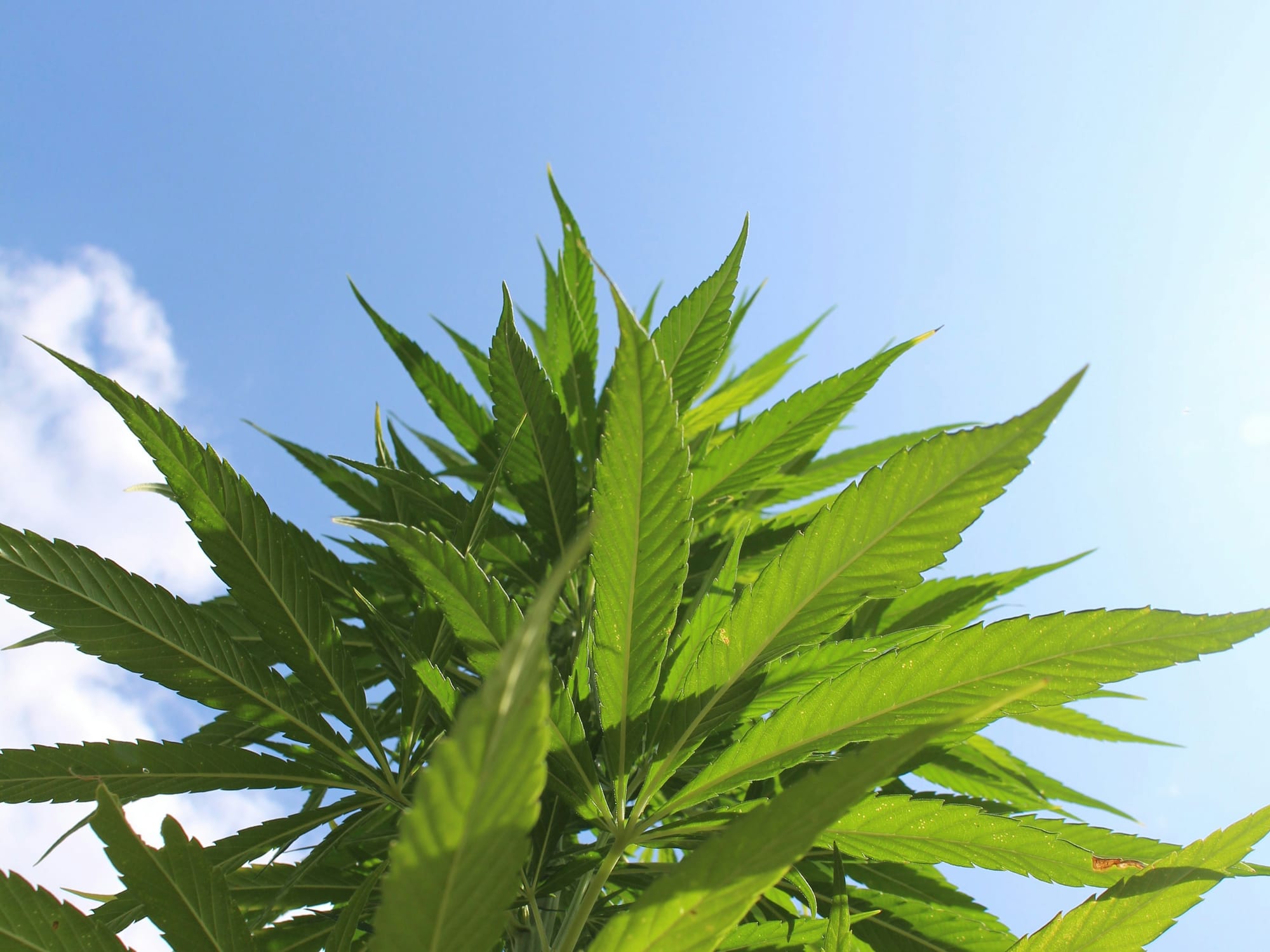
Sustainability as a decisive factor
Hemp offers not only nutritional benefits, but also ecological ones. The plant grows quickly, requires few pesticides and can be cultivated regionally. This reduces transport distances and, thanks to regional cultivation, CO₂ emissions, while also creating new value chains for farmers. The plant's deep roots loosen the soil and contribute to the regeneration of depleted areas. According to the British ‘Hemp-30’ plan, hemp could bind or replace around one million tonnes of carbon dioxide annually, thus making a significant contribution to climate protection.
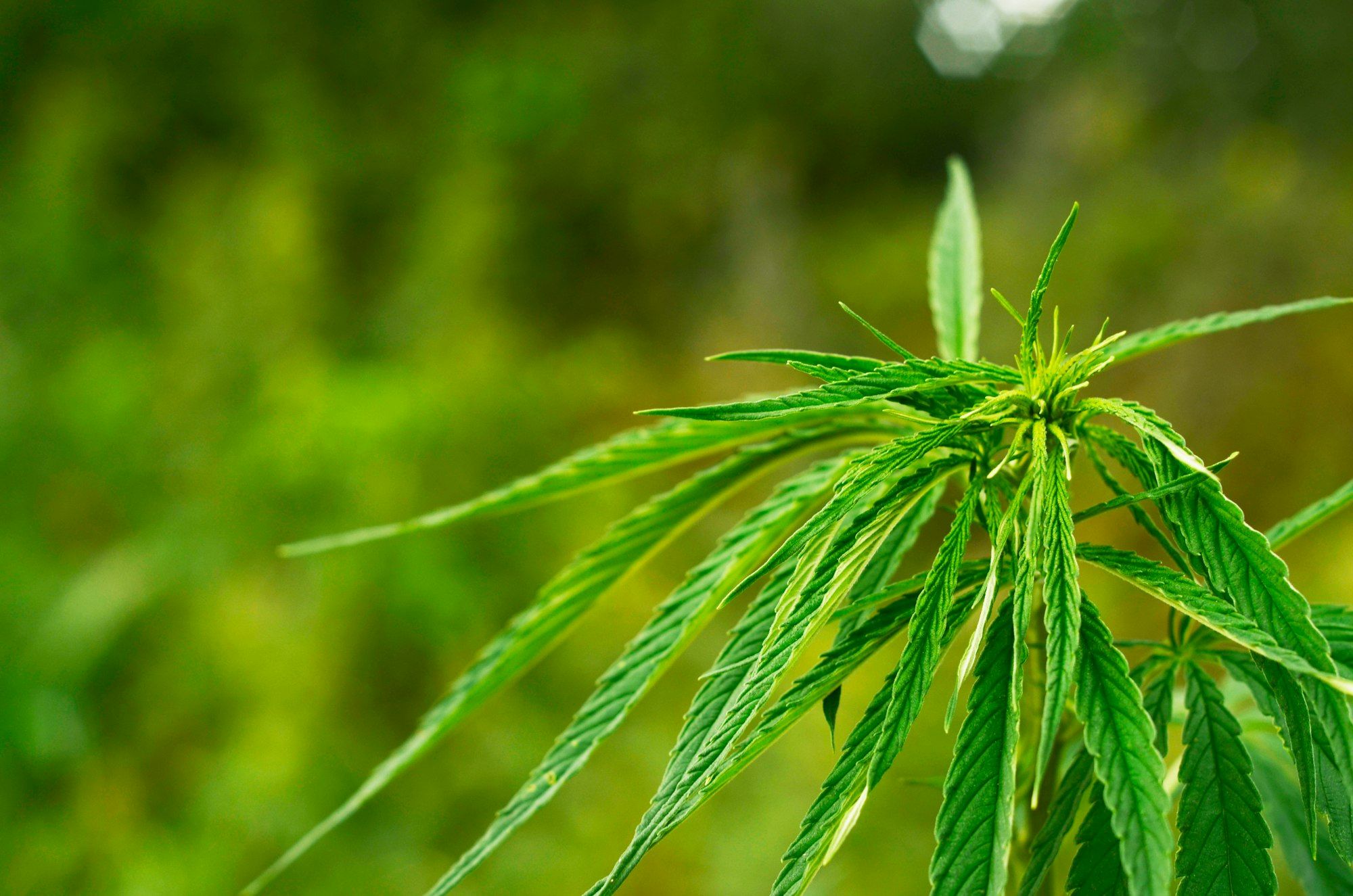
In addition, the aforementioned zero waste approach enables the complete utilisation of the plant: seeds for animal feed, fibres for building materials or textiles, and residues for bioplastics or energy production.
This means that hemp could score twice: as a sustainable source of protein for fish farming and as a building block for climate-friendly agriculture.

From niche project to standard
Research is still in its infancy, and further studies and regulatory adjustments are needed before hemp can be approved for widespread use as fish feed. However, the results so far show that hemp can partially replace fishmeal and soy without compromising the health or quality of farmed fish.

At the same time, it improves the carbon footprint of aquaculture and opens up new perspectives for agriculture and industry. However, large-scale approval and comprehensive long-term studies are still lacking. The decisive factor will be whether hemp proteins can compete with established feedstuffs in terms of price or whether political incentives and subsidies will facilitate market entry.
One thing is already certain, however: in the future, hemp could play an important role not only in fields, textile factories and sustainable building materials, but also underwater – as a feed source with future potential for sustainable aquaculture.

